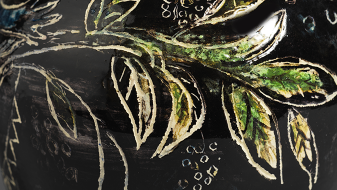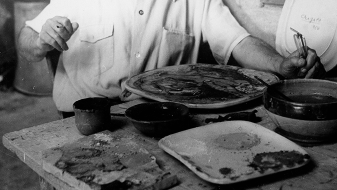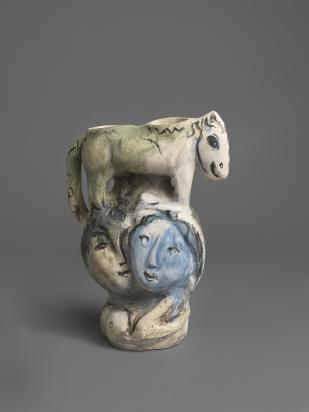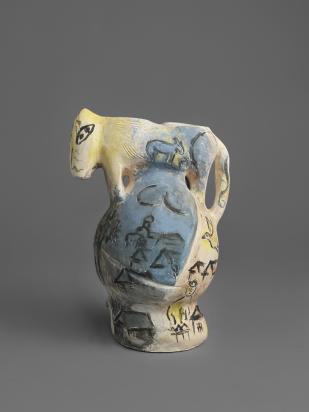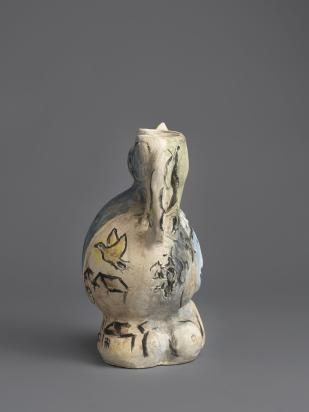Ceramic
The Lovers and the Beast
(Les Amoureux et la Bête)
Keywords:
Related works

Marc CHAGALL, The Lovers and the Beast (Les Amoureux et la Bête), 1957, red ochre clay, decorated with slips and oxides, engraved with a dry point needle, 13 x 9 7/16 x 7 1/16 in. (33 x 24 x 18 cm), Musée national d'art moderne, Paris © Fabrice GOUSSET/ADAGP, Paris, 2025
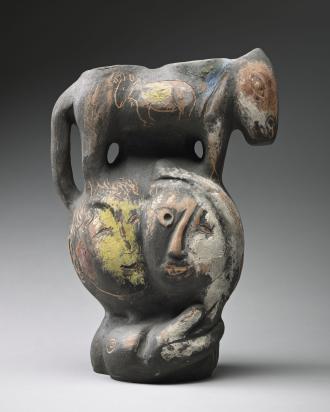
Marc CHAGALL, Lovers and the Beast (Les Amoureux et la Bête), 1957, red clay, decorated with slips and oxides, engraved with a dry point needle, 12 13/16 x 8 11/16 x 7 1/16 in. (32.5 x 22 x 18 cm), Musée national Marc Chagall, Nice © Adrien DIDIERJEAN, RMN-Grand Palais (Musée national Marc Chagall)/ADAGP, Paris, 2025
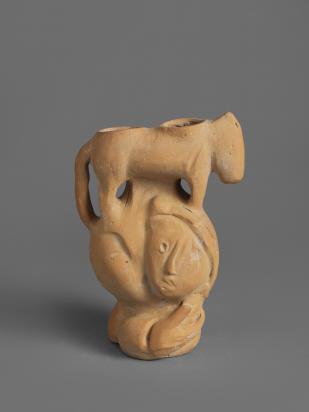
Marc CHAGALL, The Lovers and the Beast (Les Amoureux et la Bête), 1957, ochre clay, 14 x 9 5/8 x 6 1/2 in. (35.5 x 24.5 x 16.5 cm), Private collection © Fabrice GOUSSET/ADAGP, Paris, 2025

